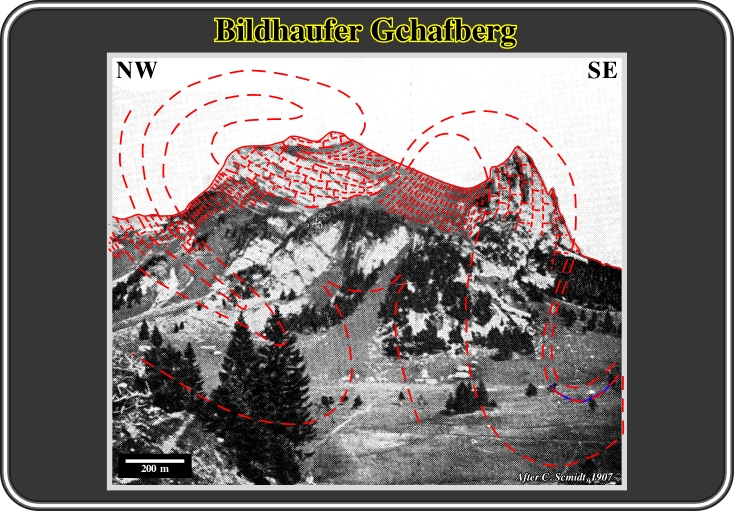
Universidade Fernando Pessoa
Porto, Portugal

Caveat:
These notes should not be taken as an attempt to write a textbook. They are just an eclectic assemblage of geological models, cross-sections and seismic profiles used during the short-course. The text is reduced to a minimum. For confidential reasons, on this web presentation, only the interpretation of the seismic lines is illustrated. The large majority of plates (without refrerence) and the proposed seismic interpretations are personal and so falsifiable. They can be used without a written author's permission.

Contents:
Introduction I- Ground Rules a) Incompressibility of Rock b) Dissolution c) Erosion d) Shale & Salt Tectonics e) Folding and Fracturing f) Facies g) Subsidence h) Compaction i) Examples II- Tectonic Regimes & Volume Problems a) Foreword b) Volume Problems in Compressional Tectonic Regimes b.1- Volume problems in the core of an anticline b.2- Décollement surfaces b.3- Folding & Faulting Solutions b.4- Reverse Fault & Imbrigation Mechanism b.5- Type of Folds b.6- Flexure Slip Folds b.7- Contractional Fault-bend Folding b.8- Kink Folds b.9- Kink Method c) Volume Problems in Extensional Tectonic Regimes c.1- Foreword c.2- Potential Void c.2.1- Planar Normal Faults & Potential Void c.2.2- Curve Normal Faults & Potential Void c.2.3- Extensional Uplift & Potential Void c.2.4- Tectonic Tilting & Potential Void c.3- Listric Normal Faults c.4- Normal Faults & Volume Problems c.4.1- Model A c.4.2- Model B c.5- Normal Faulting & Blocks Rotation c.5.a- Faults with Rotation of the Fault-blocks c.5.b- Extension Calculation c.5.b (i)- Planar Faults c.5.b (ii)- Curvilinear Faults A) Imbricated Curvilinear Faults B) Imbricated Curvilinear-Plannar Fault C) Depth of Décollement Surfaces c.5.c- Faults without or with a Small Rotation of the Fault-blocks III- Bibliography
Send E-mail to ccramez@compuserve.com or cramez@ufp.pt with questions or comments about this short-course.
Copyright © 2000 CCramez
Last modification:
Agosto 27, 2006